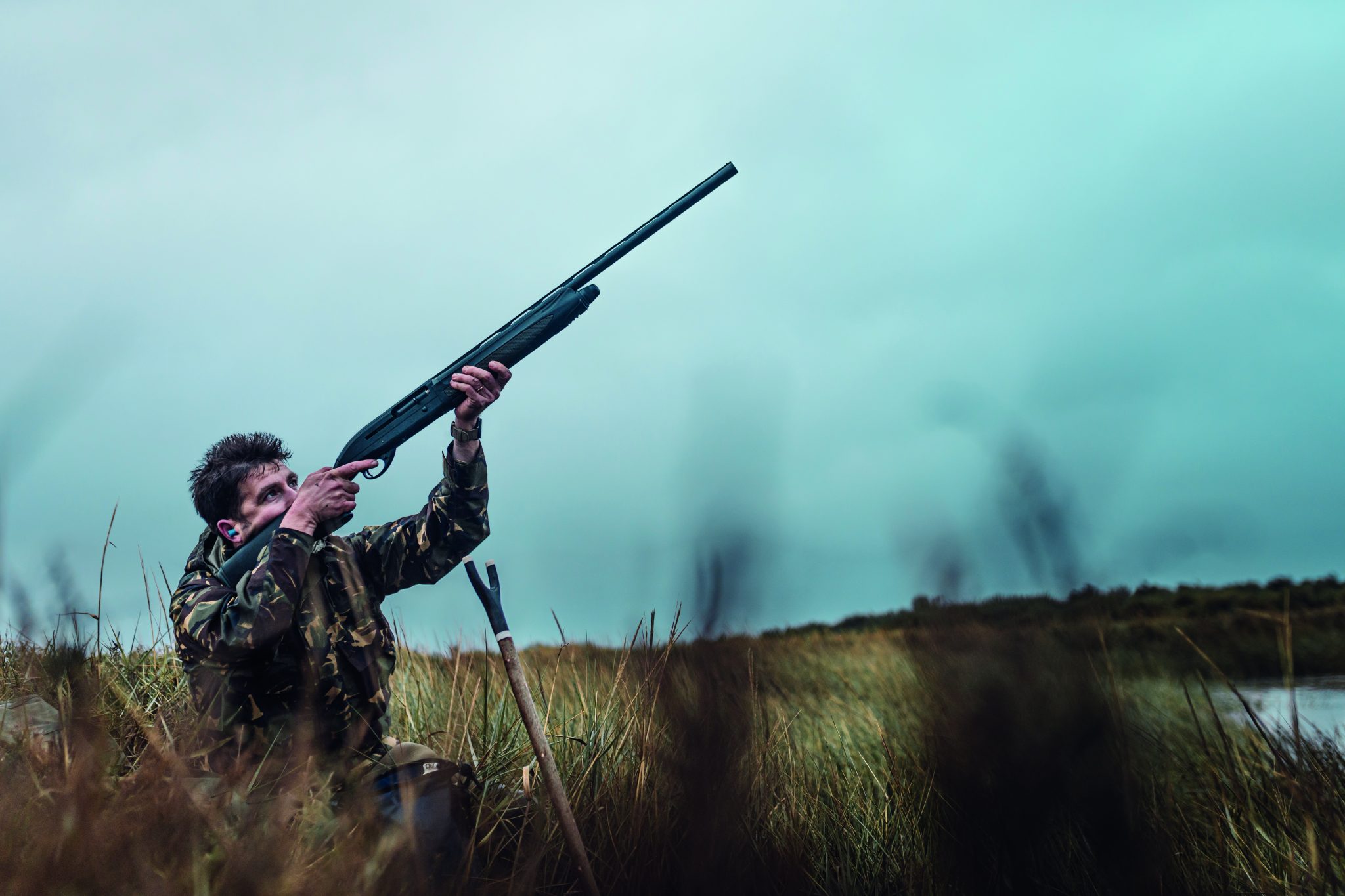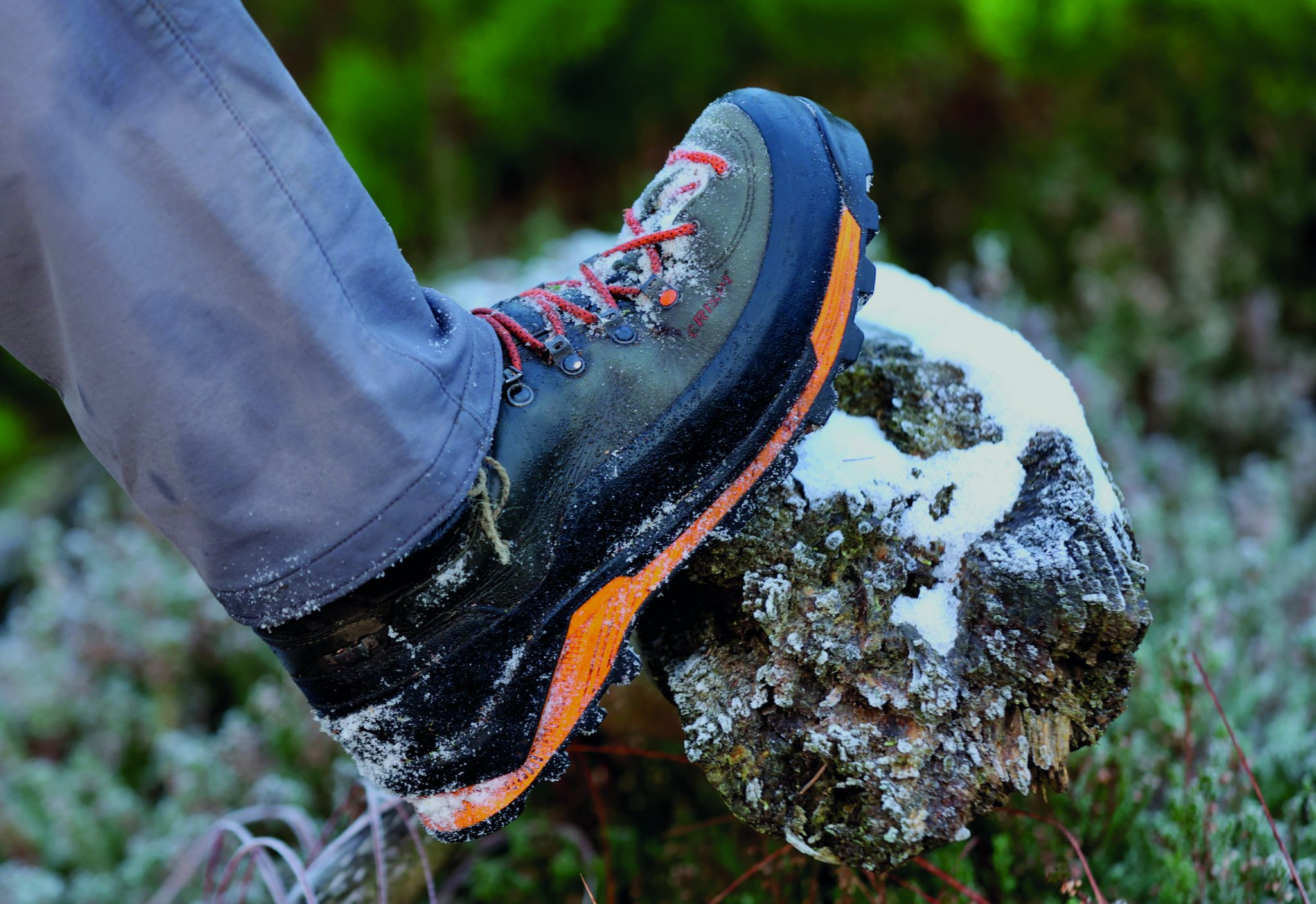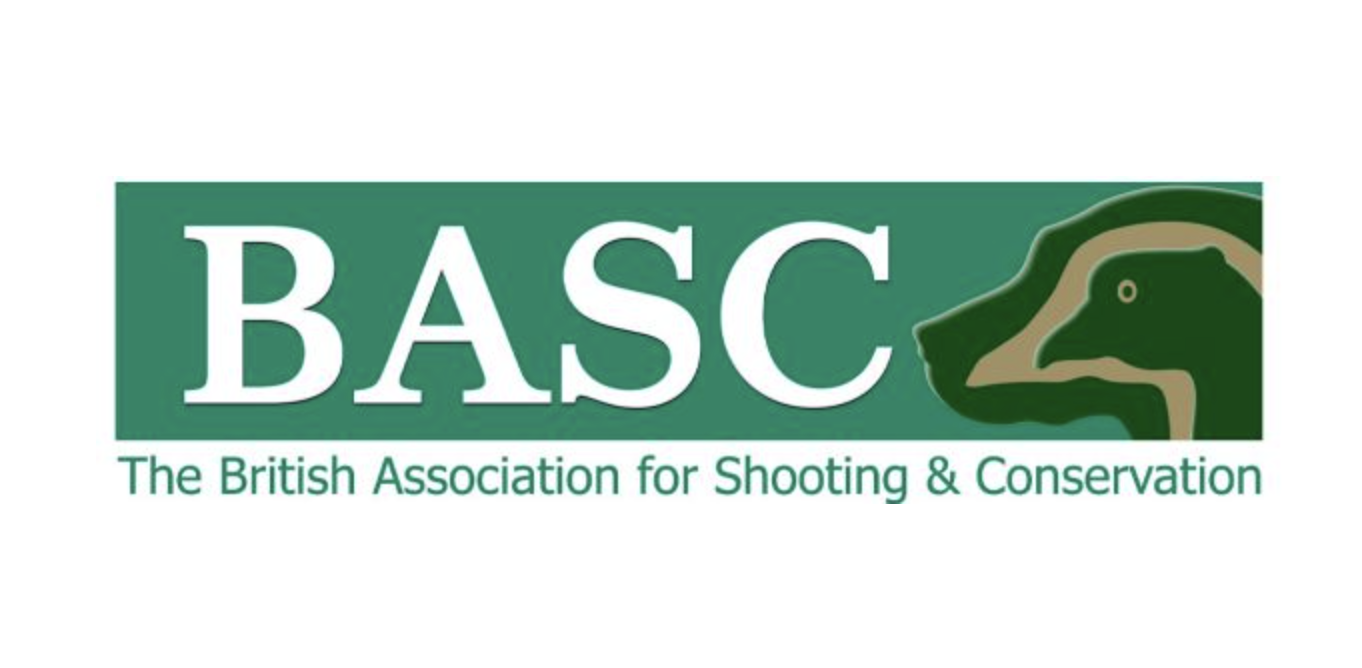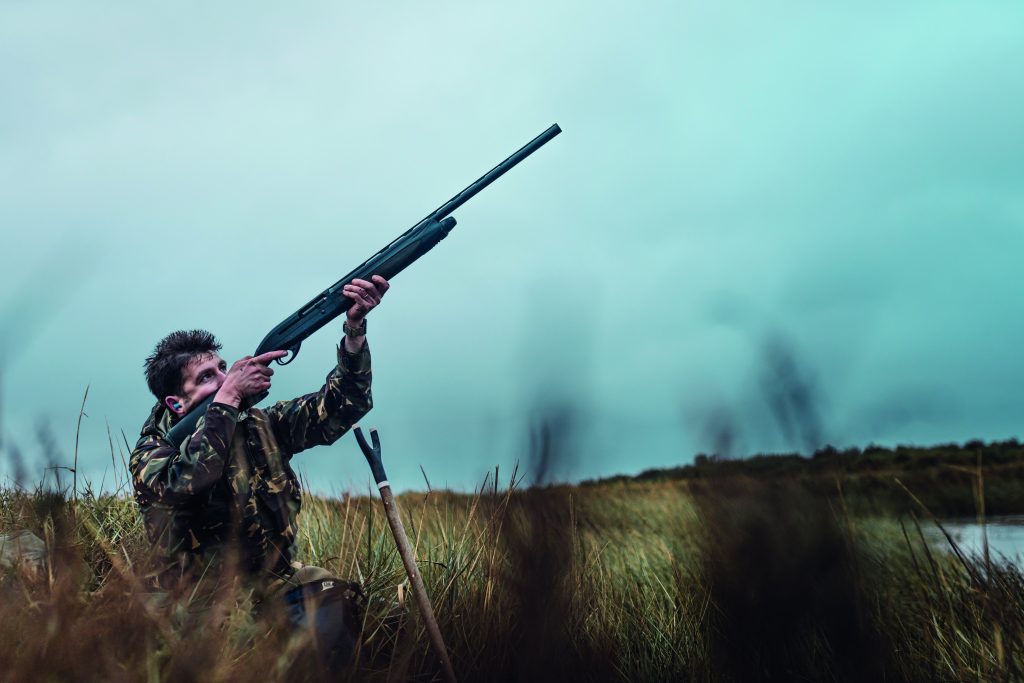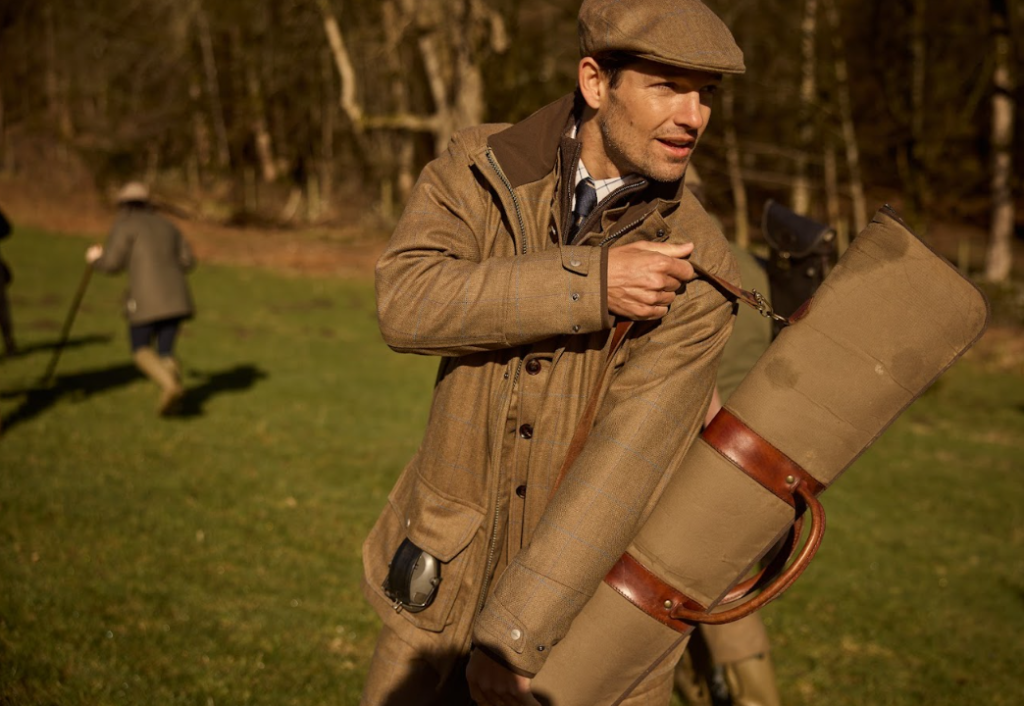Win CENS ProFlex DX5 earplugs worth £1,149 – enter here
Scottish Roe Review 2014
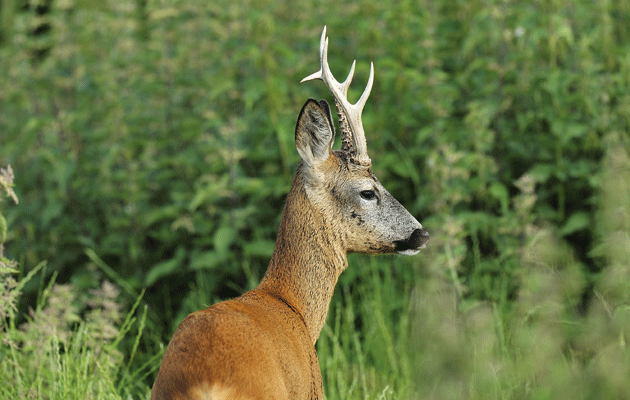
Annual roe reviews offer a chance for a catch-up — a catch-up on what was recently harvested and, increasingly, a catch-up and a reflection on what has been harvested in years and sometimes decades past, then often left to moulder in man caves and cardboard boxes up and down the country.
The CIC rule requires that the qualifying drying out period of 90 days needs to be met before evaluation can take place. In effect this results in some animals taken towards the end of the buck season in October missing the cut-off date for the following year’s roe review. Consequently it was in early 2014 that the last of the previous year’s trophies came forward.
Heads up at Kelso
The spring Deerstalking Fair held at Kelso, in milder but foggy conditions compared with the snows of the year before, provided an opportunity to look at some of these. Kelso’s proximity to the Border yielded a number of trophies from those counties that straddle it, bringing into focus their growing importance as providers of high-quality stalking and producers of good trophies. The number of heads presented, as well as the range of species, took the measuring team aback, and put them under a degree of pressure. CIC technical advisor Drew Bain exhibited from his extensive collection copies of Tom Troubridge’s record head, two weeks before the real thing was validated in Milan, alongside Peter Baillie’s “monster” and the famous 228-point former world record shot at Martonvásár in Hungary. This provided a first-ever opportunity for stalkers to see and compare three of the most important European roe trophies of the past 50 years.
Urban trophies
Over the year, it has become apparent that the rise of the urban roe as a producer of medal-class trophies continues. Allan Allison first commented on this phenomenon in the late 1980s, when he suggested that industrial North Lanarkshire was the place to go for an unexpected medal. In the present decade it has become increasingly common for us to be asked to evaluate urban deer. While the continued expansion of roe is the major influence, the growing number of stalkers seems to have encouraged more to look closer to home when it comes to obtaining stalking opportunities. Additionally, the need to manage deer in what can be difficult locations has come to the fore in terms of the numbers culled.
Premature cull
With regard to the Scottish headline figures for the year, 231 roe achieved medal status. The breakdown of this makes interesting reading with 46 Gold, 84 Silver and 101 Bronze. A significant number of trophies were also evaluated which failed to achieve the necessary CIC score, and an additional 53 Scottish trophies were noted as achieving qualifying medal scores. This later group, shot by visiting stalkers, was then evaluated by Scandinavian and Southern European CIC Commissions who also recorded them.
Overall in Scotland, the balance of trophies seems to be sliding towards the bronze end of the spectrum, pointing not necessarily to a reduction in overall quality, but rather to the fact that animals are being culled before they have reached their full potential. In years gone by, the balance of trophies in any given year tended to be in silver medals, and in terms of structured deer management and trophy harvesting, it would be beneficial if, as a stalking community, we could return to that situation.
Spring 2014 will be remembered for the settled and dry weather it brought. This benefited a range of species including roe, providing the young with an improved survival chance, and sending them into the harsher months of the year in good order. Depending on how the current winter cull has been managed, this should, in theory, provide a boost in terms of numbers of surviving yearling bucks going forward into spring 2015. It will be interesting to see if this is reflected in the animals harvested in seasons to come.
Measuring up
The main game-fair season produced an interesting collection of trophies. Perruque heads were not in evidence to the same extent as they had been in 2013, but the number of adult does displaying deformities, particularly antlers, continued to rise. As would be expected, the majority of these came from old animals, and a few were noted to have both male and female sexual characteristics.
The Highland Field Sports Fair at Moy was busy with heads, and provided a challenge to stalkers in locating the measuring service. Our hosts of many years, the British Deer Society, had forgotten to book a tent, and thanks must go to Scottish Natural Heritage, who stepped in on the day to provide the homeless trophy-measuring team with a base and hospitality.
Select few
With trophies, including one from Angus submitted by R. Thomson, which recorded up to 175 points, the overall quality was certainly up to international standard. Mid-season brought news of an outstanding Scottish trophy from Fife. After the required drying out period, this head, exceptional by any European standard, was found to have a gross scoring weight in excess of 900g.
Extra tines growing at right angles to its very substantial main beams added to its volume, and its colour was enhanced by having been shot in mid- rather than early season. Achieving a final score of 205.48 CIC points, it joins the very select group of Scottish trophies to exceed the 200-point barrier. So far, the current decade has been the most productive ever for Scottish heads scoring more than 200 CIC points, with all of them having come from “the golden sector” of Fife, Angus and Aberdeenshire.
Revised formulae
The introduction of the revised CIC formulae brings with it a new measurement form, which looks very different from the current version. It asks for some additional supplementary information, and requires that additional measurements be taken, though these will not impact on the final score. Key among these is an estimate of the age of the animal, and it would be helpful if, in future, the bottom jaw could be submitted with all trophies to enable an accurate estimate of the age to berecorded. These additional details will be added to the new international database that is currently being tested. To repeat the annual message, trophies are best presented with a full upper skull. Not only does this advantage the trophy under the CIC formula, it is now the preferred method adopted by the CIC applied science division.
As well as being at both the Scone and Moy fairs during the coming year, the team will also be at the Deerstalking Fair at Kelso and, as always, would be happy to have trophies sent to them either to their home addresses or delivered to the Bushwear shops at Stirling or Perth. Thanks to everyone who submitted trophies last year — here’s to a good 2015.
To read the English and Welsh 2014 roe review, click here.
Related Articles
Get the latest news delivered direct to your door
Subscribe to Shooting Times & Country
Discover the ultimate companion for field sports enthusiasts with Shooting Times & Country Magazine, the UK’s leading weekly publication that has been at the forefront of shooting culture since 1882. Subscribers gain access to expert tips, comprehensive gear reviews, seasonal advice and a vibrant community of like-minded shooters.
Save on shop price when you subscribe with weekly issues featuring in-depth articles on gundog training, exclusive member offers and access to the digital back issue library. A Shooting Times & Country subscription is more than a magazine, don’t just read about the countryside; immerse yourself in its most authoritative and engaging publication.



